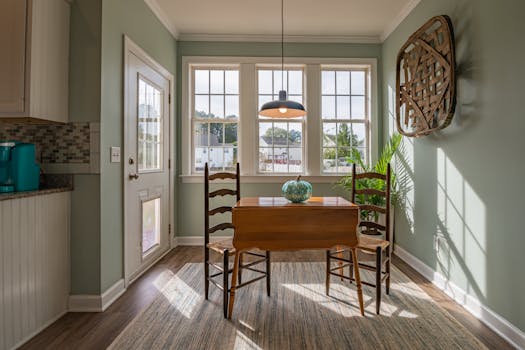Physical Address
304 North Cardinal St.
Dorchester Center, MA 02124
Physical Address
304 North Cardinal St.
Dorchester Center, MA 02124

When investors analyze income-producing properties, they’re careful to budget for essentials like insurance, property taxes, and maintenance. Utilities may even be passed on to tenants. However, one often-overlooked cost is a reserve allowance—a financial cushion set aside for major repairs and replacements. Without reserves, investors can face unexpected expenses that disrupt cash flow and hurt long-term returns.
A reserve allowance is critical because, sooner or later, major property components like roofs, HVAC systems, and plumbing will need repairs or replacement. If funds aren’t set aside in advance, these costs can eat directly into profits or require out-of-pocket spending. This disrupts cash flow, impacts immediate profitability, and may lead to delayed maintenance, which can lower tenant satisfaction and even reduce property value over time.
Reserves also help ensure that necessary repairs and upgrades can be completed promptly, preserving the property’s condition and appeal. Without them, properties may experience higher vacancy rates or turnover as tenants avoid poorly maintained spaces. Additionally, a well-maintained property retains value more effectively, making it easier to refinance or sell at a favorable price.
To include reserves in your budget, consider setting aside 5-10% of gross rental income annually. Older properties may require a higher percentage, while newer properties may need less initially but still benefit from planning for future needs. Factoring in reserves from the start provides a realistic view of your net cash flow, safeguarding your investment against unexpected costs and promoting long-term profitability.
In short, reserve allowances aren’t just an added cost; they’re a necessary safeguard that helps stabilize income, maintain tenant satisfaction, and protect the property’s value over time.